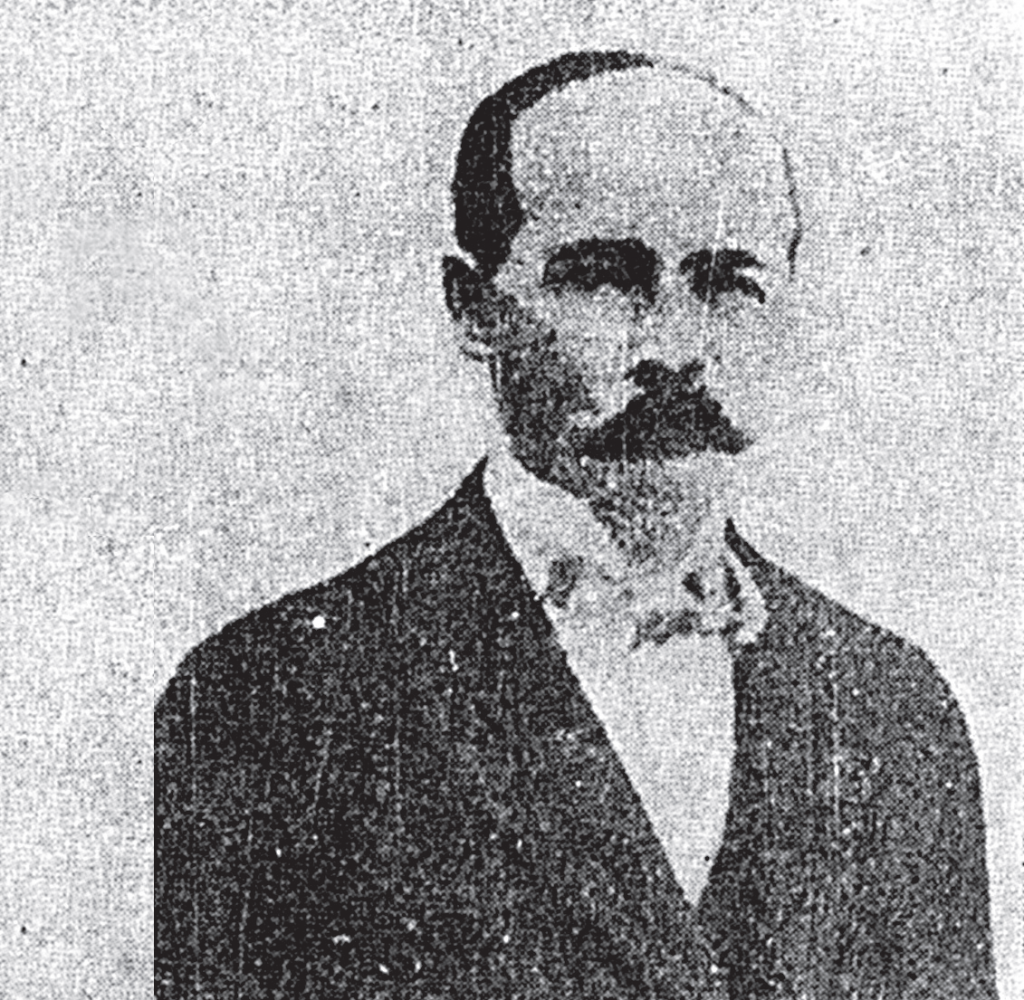Zenon Suszycki (1840–1912) – founder of the Practical School of Canadian Drilling

On the battlefield
He was born in 1840 in Juliampol, Lithuania, and died in 1912 in Boguchwała near Rzeszów. From an early age, he showed technical interests that led brought him to the Faculty of Mathematics and Physics of the Moscow State University. After graduation, he worked in the Tax and Technology Office in one of the districts of Minsk governorate. It was there, at the age of 23, that he joined the ranks of the insurgent army, which in 1863 challenged the Russian army. He ended his battle trail near Vladyk in Vilnius province, where he was wounded. Fortunately, he managed to escape from the battlefield (his wounds were healed by a Belarusian priest), cross the border, and then emigrate to Paris.
On oil fields
In Paris, Suszycki enrolled at the École des mines (School of Mines), where in 1870 he obtained the title of mining engineer. Soon, however, he returned to Poland, choosing Galicia for security reasons. There he became involved in the development of a new branch of industry, which oil mining was. He was appointed the director of the oil mine in Ropianka near Dukla, where he opened the first vocational drilling school on Polish soil – the Practical School of Canadian Drilling, opened in October 1885. He became its sole principal and teacher.
The Practical School of Canadian Drilling – recruitment, program, graduates
The school was a local government affair, which meant that it was maintained by the National Department in Lviv. The requirements for the candidates were set high. Apart from the skills of literacy and drawing (which on account of the high level of illiteracy in the population of Galicia was not so obvious – being worse only in the neighbouring Bukovina) they had to prove at least two years of work experience in mining.
The school did not have strictly defined rules or program. In practice, it was a three-month professional course, during which the apprentices worked as helpers on drilling rigs. The school disseminated a new method of drilling using impact technology. During the course, the students were introduced to the most important machines – their construction and operation. During their work engineer Suszycki gave them practical advice related to the construction of the machine and basic knowledge in the field of geology and mining. He also conducted exercises in creating situational drawings. In total, about 50 drillers graduated from the school in Ropianka and significantly influenced the development of the new branch of industry. With the change in the employment situation of Suszycki, who became the managing director of the mine in Bóbrka after the death of Adolf Jabłoński , in 1888 the school was moved to nearby Wietrzno, where, still under his auspices, it trained more miners. The National Department (the executive body of the Galician Diet in Lviv) concluded a three-year contract with engineer Suszycki, under which the school received an annual subsidy of 1000 Austro-Hungarian guldens. Its educational success is best demonstrated by the fact that all mining offices and management boards of mines recognised the certificates of graduation from Suszycki’s school without any reservations.
Owing to his perseverance in work, Suszycki became a wealthy man. In 1901, he invested his funds in the creation of a landed estate in Boguchwała near Rzeszów. There, he also founded a Scientific Establishment which dealt with scientific and agricultural activity.
Inspirations:
- Gustek Dominika, Mlicka Andżelika, Rybka Sylwia, Zenon Suszycki (1840-1912), in: ibid, Jaki był wkład Ignacego Łukasiewicza i innych osób związanych z Jasłem i regionem w powstanie i rozwój przemysłu naftowego i gazowniczego? (What was the contribution of Ignacy Łukasiewicz and other people associated with Jasło and the region in birth and development of the oil and gas industry?) (work within the project “Jasło’s Scientific League with LOTOS”), Municipal School Complex No. 3 in Jasło – Ignacy Łukasiewicz Junior High School No. 2 [access: 19.10.2015].
- Krawczyk Jerzy, The development of Polish mining education up to 1939 (Rozwój polskiego szkolnictwa górniczego do roku 1939), [in:] “Górnictwo” 1989, R. 13, Vol. 2 [access: 19.10.2015].
- Praktyczna Szkoła Wiercenia kanadyjskiego (Practical School of Canadian Drilling), in: Wikipedia [access: 19/10/2015].
- Zenon Suszycki, in: Wikipedia [access: 19/10/2015].
Source of the photographs: Collections of the Main Library of the University of Science and Technology in Krakow

